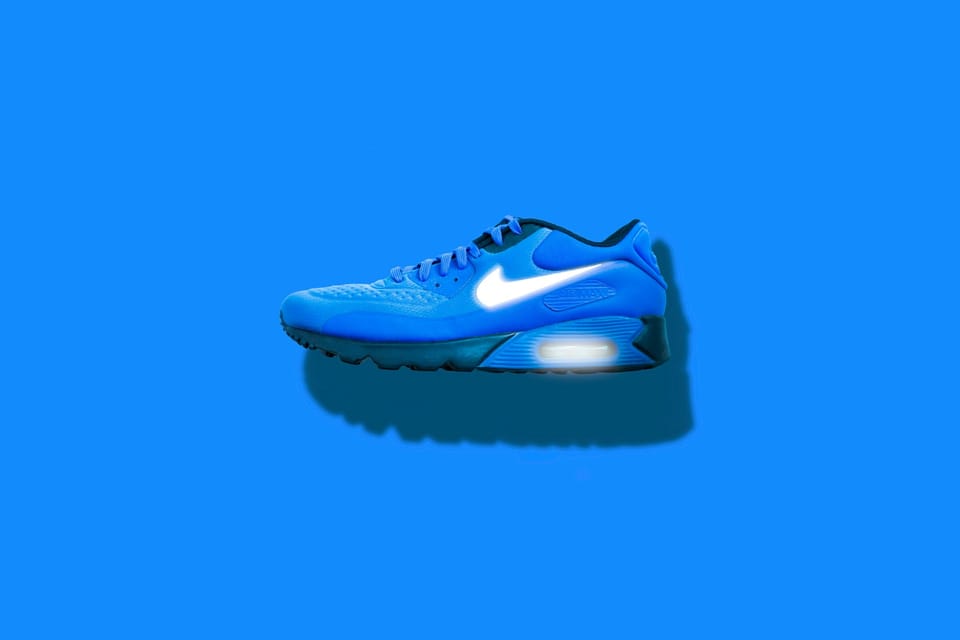How the Nike Story inspired us to build aqeel

Prior to becoming the world’s largest shoe company with a market share of over 38%, Nike came from humble origins and faced an impeding cash flow crisis before transforming into a universal footwear company. In Phil Knight’s memoir, Shoe Dog, Knight discusses how Nike’s monumental year-over-year revenue numbers almost came back to bite and bankrupt the company.
For those who are unfamiliar, Phil Knight used to run track at the University of Oregon and acknowledged that Japanese manufactured products were quietly improving in comparison to the Western world. By taking a gamble and acquiring a license to sell Japan’s Tiger running shoes, he assumed that he could take a fraction of the market share of Germany’s Adidas, the leading shoe company at the time.
Originally named Blue Ribbon Sports, Knight sold the running shoes from the back of his car in 1962. In order to pre-pay for Tiger’s shoes, Knight would take out loans from his father and by 1964, the company sold $8,000 worth of shoes. Eventually, his first commercial loan came from the First National Bank of Oregon for $3,000. However, in the early days Knight also relied heavily on loans from his father to help finance operations and manage cash flow as the company got off the ground.
Every year, Blue Ribbon Sports’ sales increased year-over-year by 100% and eventually by 1968, the company had revenues of over $150,000. It was at this point when Knight decided to make his gamble.
Blue Ribbon Sports was in a difficult situation because they faced global supply chain issues, harsh payment deadlines from Tiger, and a lack of credit from existing banks within the United States. Knight faced a constant cycle where his orders came late or not according to his instructions while Tiger demanded early payments for the order and the banks attempted to deter him from expanding his growing empire by not increasing his line of credit.
This gamble ultimately led Knight to founding the company we know today: Nike. Armageddon seemed to unfold as Tiger rescinded Knight’s license to sell their products and a California bank (what is now known as the Bank of California) pulled their $1 Million line of credit. However, Knight must have seen this scenario happening because he formed a secondary relationship with a Japanese trading company as his backup plan. Once the bank pulled their line of credit, the Japanese trading company provided the funds Nike needed to grow into the company that it is now.
Nike is the ultimate example of a small business with tremendous upside succeeding because they were able to solve their cash flow problems through Knight’s gamble with the Japanese trading company. However, over 80% of small businesses fail because they face cash flow struggles similar to what Phil Knight experienced in those early days.
Our founder Anthony directly experienced these same cash flow challenges when running his own business. Facing supply chain disruptions and unfavorable payment terms from suppliers, Anthony was reminded of Phil Knight's early struggles with cash flow and capital that he read about in Shoe Dog years earlier. This inspired Anthony to build a solution to address this universal pain point for small businesses.
Whether it is a global supply chain issue that results in a late shipment or a supplier that demands earlier payments, aqeel is the bridge that will alleviate these problems. With it’s Cash Flow Operating System, aqeel's main mission is to help small businesses gain control of their cash flow and increase their cash efficiency.
All small businesses have a story worth continuing to share and by onboarding onto our platform, we hope to learn more about your business.
